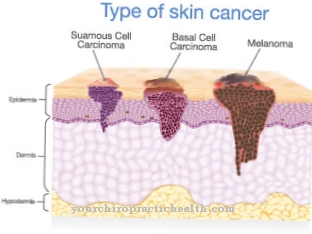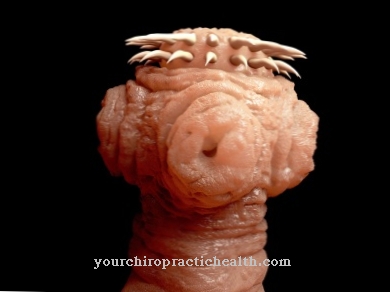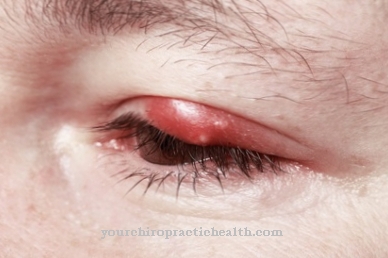The Epidermis As the outermost layer of skin, forms the boundary between the body and the outside world. It primarily serves as a protective shield against invading, pathogenic organisms.
What is the epidermis?

The term epidermis Derives from the Greek word epi (over) and dermis (skin), and describes the outermost layer of skin in vertebrates. The ducts of the sweat and sebum glands end in this superficial layer of the skin.
Their secretion is responsible for moisturizing and lubricating the skin.The epidermis does not contain any nerves or vessels, which is why injuries in this layer of skin do not hurt or bleed. The supply of nutrients takes place through the fine blood vessels of the underlying skin layer, the dermis (leather skin).
The epidermis is the layer of skin that can be affected by cosmetic products. The effect of individual products can, depending on their properties, promote blood circulation, cushion or protect cells.
Anatomy & structure
Anatomically, the epidermis from inside to outside in the following five layers:
- Basal layer (stratum basale)
- Prickly cell layer (stratum spinosum)
- Granular layer (stratum granolosum)
- Glossy layer (stratum lucidum)
- Horny layer (stratum corneum)
For the most part (around 90%) the epidermis consists of so-called keratinocytes - horn-forming cells. This cell type produces keratin and differentiates itself during the keratinization process from basal cells in the deepest to flat, nucleated horny cells in the outermost layer of the epidermis. This process takes about 4 weeks - so the epidermis is renewed on a monthly basis.
Once in the top layer, the cells are then gradually destroyed again and flake off the skin as fine flakes of skin when you touch or wash them. When the wound is closed, new skin cells are formed starting from the basal layer, which then slowly migrate over the healing wound. The desmoses (cellular adhesive structures) form the cohesion between the individual keratinocytes. They ensure a stabilization of the cell network against shear and tensile forces.
Function & tasks
The epidermis As the outermost skin layer, it forms the immediate protective cover against the environment. Due to the dense bond between the cells in this layer, microorganisms are faced with a barrier that is usually insurmountable.
The melanocytes are also embedded in the epidermis. These cells produce the pigment melanin, which gives our skin color and prevents it from penetrating deeper layers of the skin in the event of dangerous UV radiation. This protects the cells from being burned and the DNA changed.
In addition, the epidermis has the following function: Due to a more pronounced keratinization, it can adapt to stronger mechanical loads. This results in a very variable thickness of the epidermis. In the area of the sole of the foot, for example, the epidermis is up to 2 mm thick, while in the area of the eyelids it is only about 0.05 mm thick.
In the plant world too, leaves have an epidermis. Here, too, they form the external closure fabric and are also responsible for protecting the underlying plant tissue.
Illnesses & ailments
The term epidermolysis bullosa describes a group of inheritable skin diseases that are essentially characterized by the fragility of the epidermis.
Due to a weakness of the connective tissue between epidermis and the underlying dermis, blisters form on the skin in response to minor mechanical loads. These can be extremely painful and also occur on the mucous membranes inside the body (for example in the mouth area). Depending on the type, the effects of the disease vary from minor impairments to severe disability or even death of the child.
Impetigo contagiosa (Latin impetere = to attack, contagiosus = contagious) is an extremely inflammatory, purulent inflammation of the epidermis. Most often this condition occurs in newborns and children. Synonyms for this term are "Eiterflechte", "Grindflechte" or "Schleppeiter".
Basically, a distinction is made between a small and large bubble variant - both forms mainly start in the face. Here, red spots form, which quickly transform into blisters filled with water-like liquid. After drying, characteristic yellow crusts form. The therapy is carried out with a local application of antibiotics.

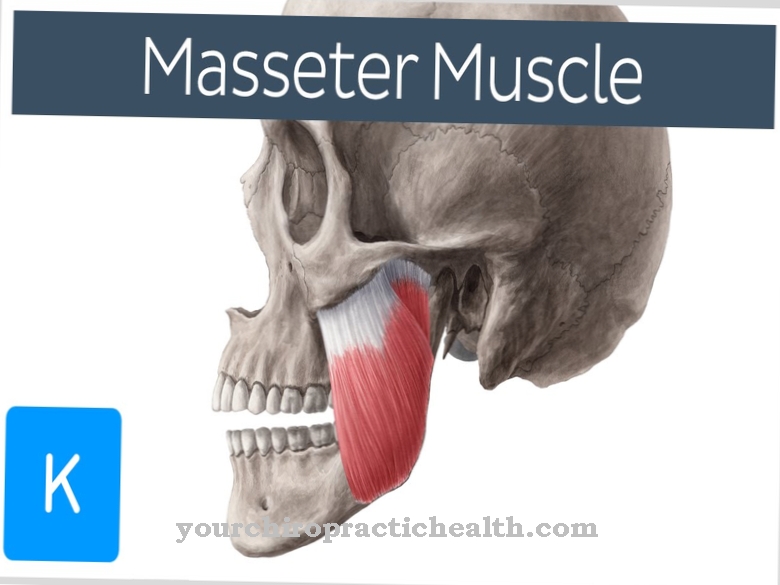
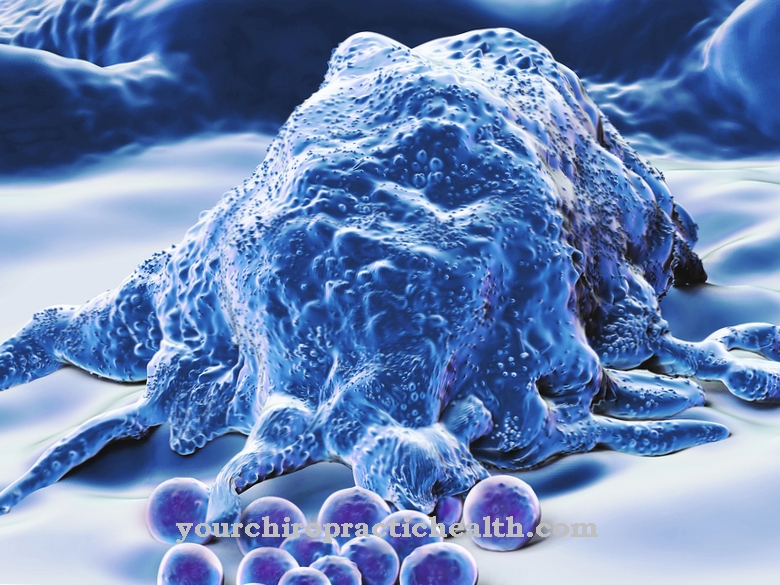

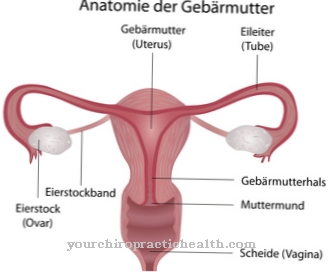

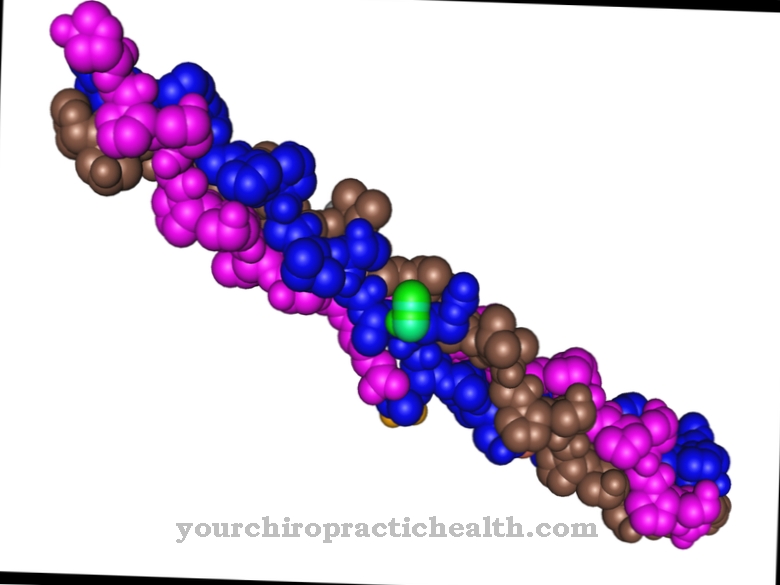

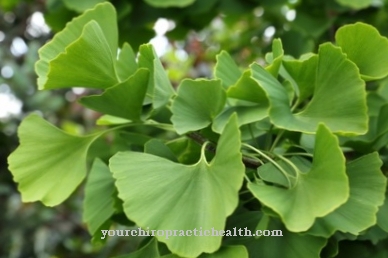
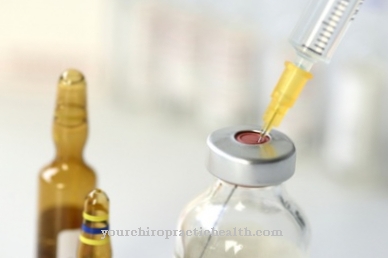


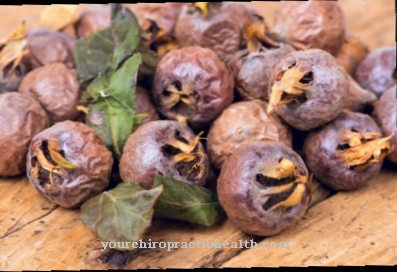

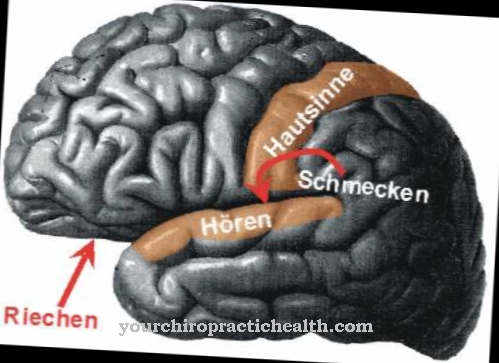
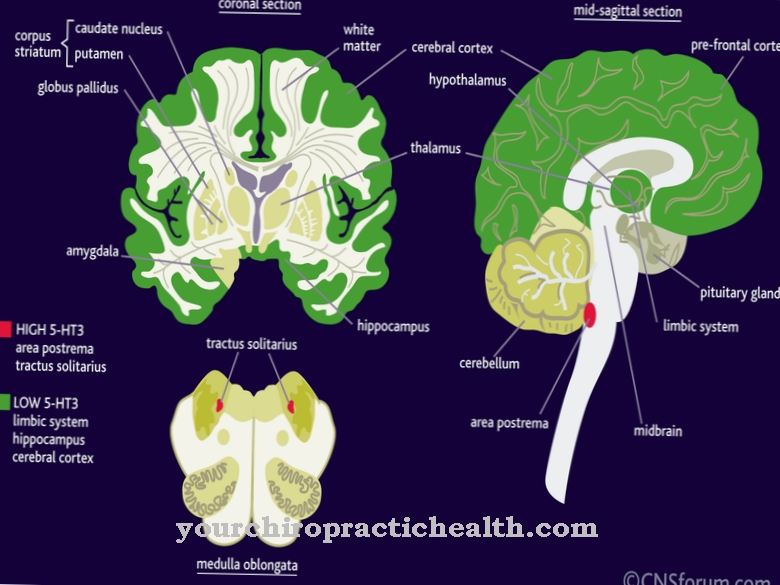
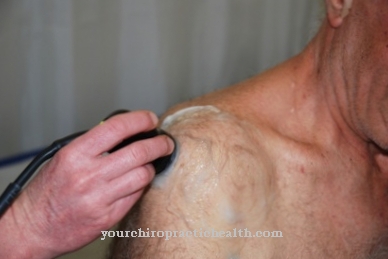






.jpg)
